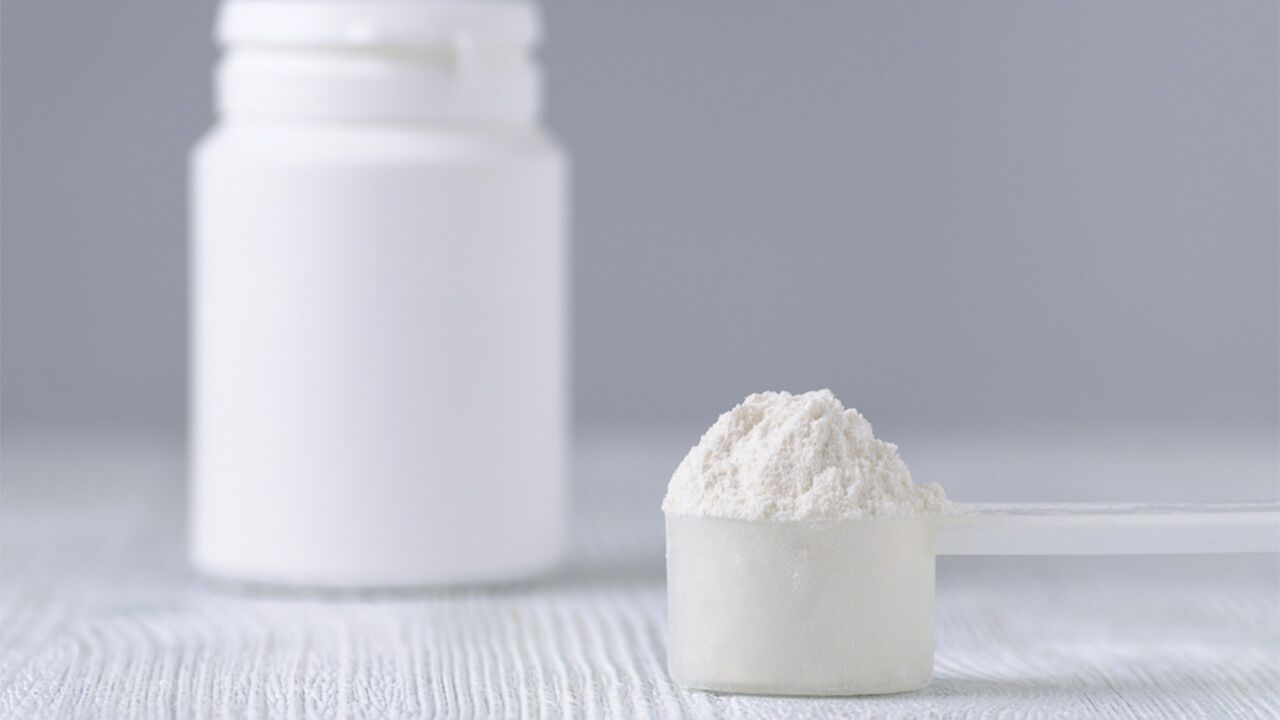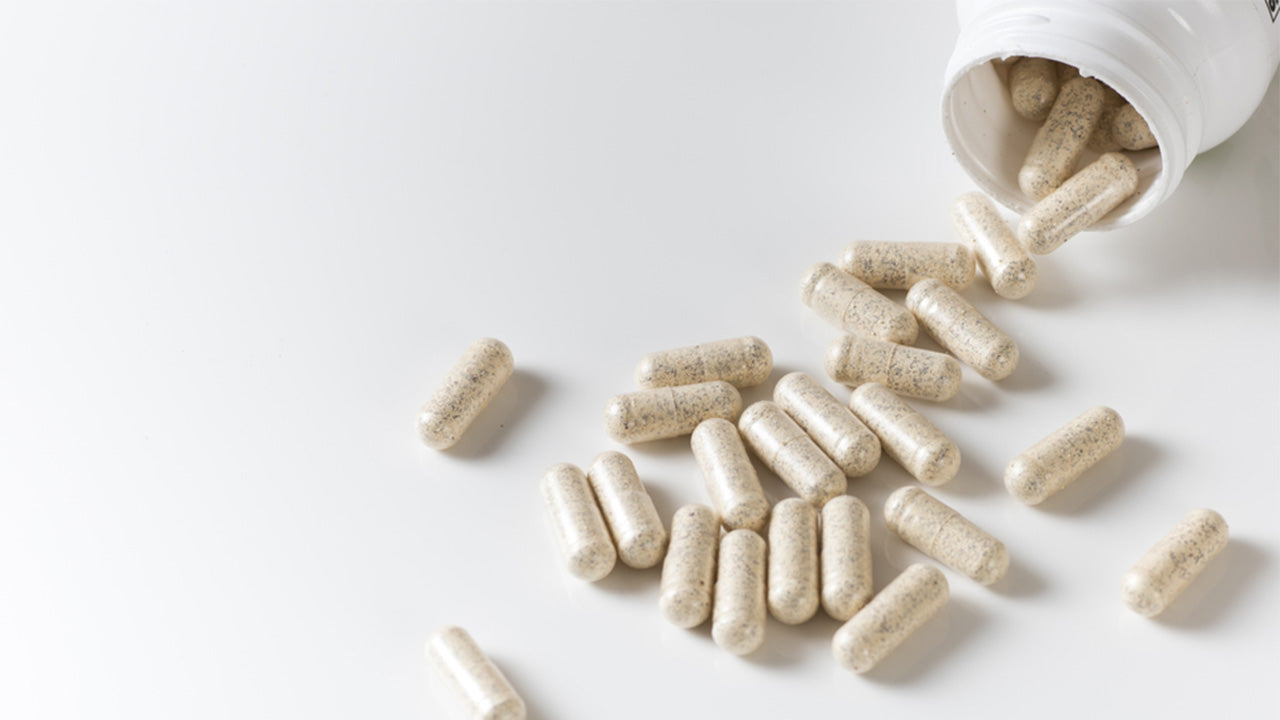Should Kids Take Essential Amino Acid Supplements?
 By: by Amino Science
By: by Amino Science

We are so glad you asked. The answer to the question should kids take essential amino acid supplements is a resounding YES!
Essential amino acids (EAAs) are the most important nutrients to support growth and development in children and young adults. As one of the world’s foremost amino acid experts, I’ve spent my career in a very intimate relationship with EAAs. And in this time, I’ve monitored the safety of essential amino acid supplements for kids as well as the appropriate dose and best time to take them. But first, let’s get to know these essential nutrients in order to understand how crucial they are to your child’s growth.
Functions of Amino Acids
The essential amino acids are:
| Histidine | Lysine | Threonine |
| Isoleucine | Methionine | Tryptophan |
| Leucine | Phenylalanine | Valine |
They are called essential because they must be consumed as part of the diet to sustain life.
The primary role of EAAs is to make up the proteins in our bodies. For this reason, they are often called the "building blocks of protein." They also serve a variety of other roles, like taking part in immune function and energy metabolism, and acting as precursors for the production of brain neurotransmitters.
Essential amino acids for kids are the most important nutrients to support growth and development. Muscle development is determined by how quickly new proteins are made…and how quickly new proteins are made depends on having enough essential amino acids to make them.
Numerous studies show that consuming EAAs directly stimulates how fast new muscle protein can be made. Research likewise demonstrates that not getting enough EAAs in the diet can inhibit the building of new muscle protein. Science has also shown that only taking branched-chain amino acid supplements is ineffective in stimulating muscle growth. The body needs sufficient essential amino acids—either through high-quality proteins or as EAA supplements—to promote the development and maintenance of muscle mass, strength, and physical function.
Why Is Muscle Growth and Development Important in Children?
The body composition (the percent of fat, muscle, water, and bone) of children is an important determinant of body composition throughout adult life. Maintaining a body composition with a healthy proportion of muscle relative to fat is important for many reasons.
Stay Fit and Healthy Throughout Life
A child with a healthy balance between muscle and fat mass is able to be regularly active and enjoy better athletic performance. A child with a disproportionately large fat mass and body weight, on the other hand, will suffer from a lack of energy and ability to exercise, which in turn leads to fewer calories burned and a further increase in body fat relative to muscle. Developing muscle from a young age is the only way to disrupt this vicious cycle that will persist throughout life if not corrected.
Keep the Amino Acid Pool Balanced
Muscle plays a central role in amino acid and protein metabolism in the body. Crucial tissues and organs, such as the heart, brain, and skin, need a constant supply of amino acids to make enough new protein to maintain organ and tissue functionality. However, we normally have many hours in the day when we are not absorbing amino acids from the diet. Between meals, muscle serves as the reservoir of amino acids for the rest of the body. Acting in this capacity, muscle helps maintain normal blood amino acid levels necessary for survival when we aren’t getting our aminos from food or supplements.
Defend Against Type 2 Diabetes
Muscle also helps regulate blood glucose concentration. Glucose is commonly called blood sugar. Dietary carbohydrates are largely metabolized to glucose and then taken up by tissues and organs in need of energy. So, after you eat carbohydrates, your blood glucose level increases. The resulting increase in blood sugar is moderated by the release of the hormone insulin, which stimulates the uptake of glucose by various tissues, but most prominently muscle. The inability of insulin to control the blood glucose level by stimulating the muscle to take up glucose—a condition called insulin resistance—is the defining abnormality of type 2 diabetes. Maintaining a large and healthy muscle mass is important throughout life to avoid type 2 diabetes.
Protect Brain Function
Muscle is not only important in blunting the magnitude of increases in blood glucose after meals, but muscle also helps prevent decreases in blood sugar levels between meals. A drop in blood glucose could impair the brain and nervous system because normally glucose is the primary energy source for the brain. Some of the amino acids released from muscle when you haven’t eaten for a while become precursors for the production of glucose in the liver. The liver releases the new glucose into the bloodstream, where it can be delivered to the brain.
Build Strong Bones
Mechanical force on bone exerted during muscle contraction is essential for the development of bone strength and mass. Weight-bearing exercise not only increases muscle strength but also bone strength. The development of strong bones in children is related to the development of muscle mass and strength.
Developing a good base of muscle mass and function in childhood will help to establish a healthy body composition throughout life. Maintenance of muscle mass throughout life is not only important for the reasons cited above, but also for improved health outcomes in a number of serious conditions, including cardiovascular disease and cancer.
How Do We Normally Get EAAs?
We normally get our EAAs from diet, because they are components of dietary proteins. The dietary proteins, as well as protein powders, also contain nonessential amino acids (NEAAs). Unlike the EAAs, NEAAs are produced in the body.
When it comes to building and maintaining muscle, the quality of dietary protein is important. High-quality proteins contain all the EAAs in a ratio that closely reflects the requirements for each individual EAA. Lower quality proteins contain relatively fewer EAAs and may not even include all the EAAs. In general, animal-based proteins from meat, egg, and dairy products are of high quality, while most plant-based proteins are of lower quality because they are deficient in one or more EAAs. Supplements that only contain a few EAAs, such as BCAA supplements, are also poor quality because they do not contain all of the necessary amino acids. All the EAAs are important!
Each protein in the body is comprised of a specific profile of NEAAs and EAAs. If there is a shortage of any individual NEAA or EAA, a complete protein cannot be produced. NEAAs will never stop a protein from being made because any NEAA can be produced in the body. This isn’t the case with EAAs, since the body depends on you to consume EAAs through diet or supplementation. Complete proteins cannot be made if there is a shortage of even one single EAA.
EAA Requirements
The body insists on a dietary requirement for each of the nine essential amino acids. The requirement for an individual EAA is determined to some extent by its proportional contribution to body proteins. Variations in the extent of metabolism of the EAA are also factors determining the individual requirements. Most importantly, the requirements for EAAs depend on age. The younger you are, the higher the requirement. The requirements for individual EAAs as reported by the 2007 World Health Organization Food and Agriculture Organization/United Nations are listed below. There is no requirement for NEAA consumption.

The specific values for individual requirements are not too important in daily meal planning, as EAAs don’t normally come in free form, but rather as components of dietary protein. Also, the values listed above only give the lower limit of intake required to avoid a deficiency, not the optimal intake to ensure maximal muscle growth and development. The important point to glean from the table relative to the question should kids take essential amino acid supplements is that the requirements for EAAs are HIGHER in children than adults. Depending on the individual EAA, children between the ages of 3-14 require 10-20% more than adults.
Are EAA Supplements Safe for Kids?
EAAs are essential for healthy growth and development. Dietary supplements containing free EAAs require no digestion and therefore are even more readily absorbed than EAAs consumed as dietary proteins. One of the main problems in meeting all EAA requirements through natural food sources is that the highest quality proteins are animal proteins that may contain significant calories as saturated fat. Although attitudes about saturated fat intake are evolving, a supplement can avoid the issue completely because the EAAs themselves are very low calorie.
The safety of EAA consumption has been addressed in multiple sources. The FDA has classified all free EAAs as Generally Regarded as Safe (GRAS). The Food and Nutrition Board of The National Academy of Science published an extensive report which found no risk or negative side effects from EAA consumption, including determining that there was no apparent upper limit of safe consumption.
So, while it’s clear that EAA supplements are safe for kids, it should be mentioned that a balanced mixture of all the EAAs is far preferable to supplements of individual or combinations of a few EAAs. Maintaining an optimal balance of all the EAAs in the blood is necessary for their many functions. The most crucial function of EAAs is to increase the rate of protein synthesis, particularly muscle, and all EAAs must be increased to produce complete proteins.
EAA Supplements for Kids: How Much and When?
The dose of an EAA supplement depends on a number of factors. It is important to look at the child’s diet to get an idea of how much high-quality protein he/she eats. Remember that a diet heavy in vegetables may provide many key nutrients, but vegetable proteins are not ideal, balanced sources of EAAs. Popular snacks like potato chips (not surprisingly) are also not good sources of high-quality proteins. Even products promoted as good sources of protein on the label may be pushing low-quality proteins.
Remember: the total grams of protein is not as important as how high quality the protein sources are. It is very possible to eat enough protein to meet recommended protein needs but still fall short of the optimal EAA intake.
Without knowing the specific child's amino acid needs, a good starting point for amino acid supplementation is two, 3- to 4-gram doses per day of a balanced EAA formulation. If the child is a vegetarian or otherwise consumes a diet deficient in EAAs, it is reasonable to up the dosage to 6-7 grams twice per day. The timing of the nutritional supplement is not important—the same effect will be achieved if consumed on an empty stomach or with meals. Set up a routine and stick with it.
Your child will benefit for the rest of his life if you help him develop a strong and healthy muscle mass. This is just as true for young girls as for boys. Getting enough EAAs is one part of the equation for healthy living, and encouraging an active lifestyle is the other.


Up to 25% off Amino
Shop NowTAGS: supplements
Join the Community
Comments (0)
Most Craveable Recipes




 833-264-6620
833-264-6620



















